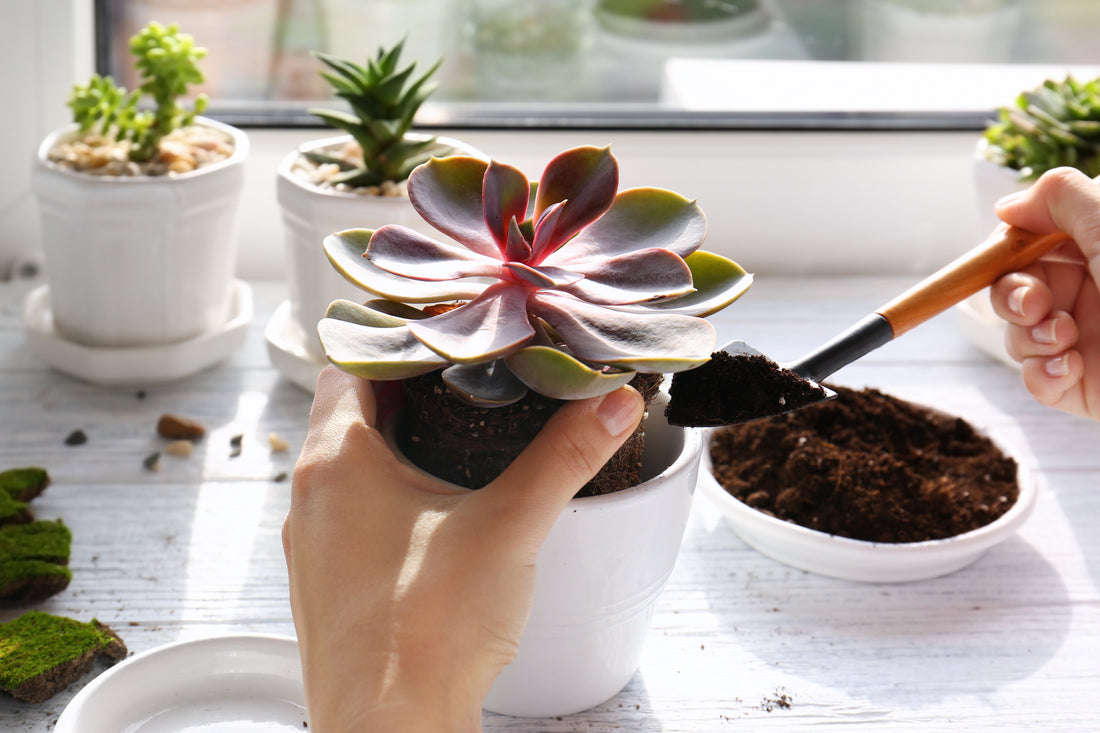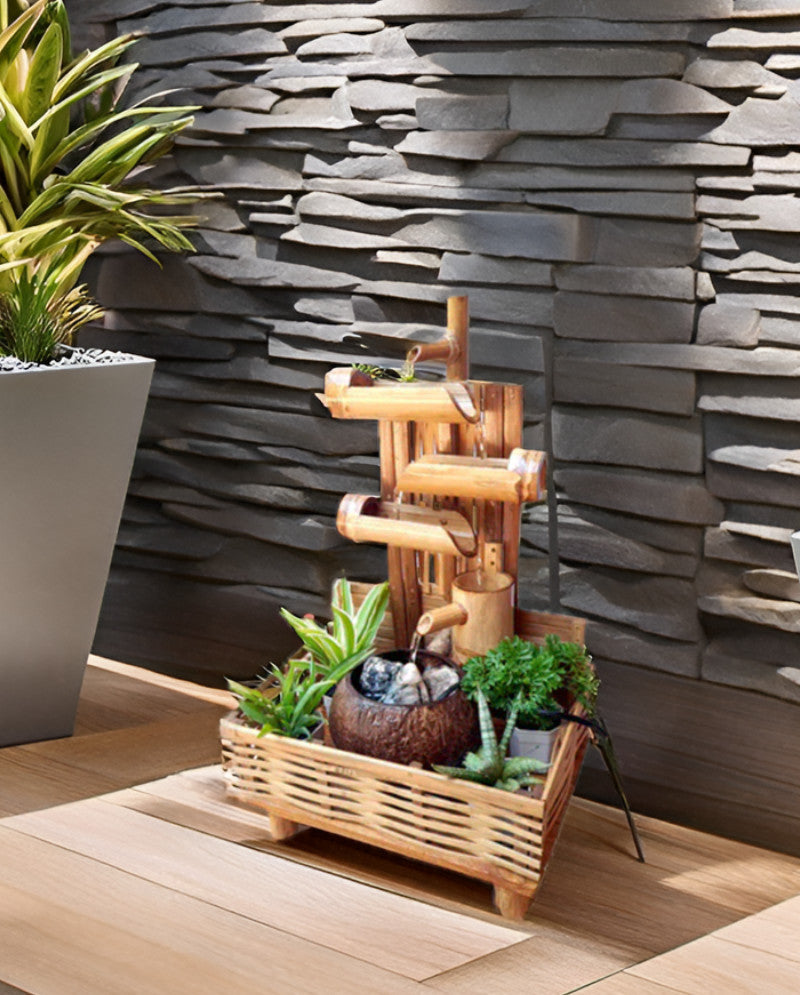
Best Potting Soil for Indoor Succulent Plants
What are Succulents?

Succulents are plants with fleshy, thickened leaves and/or swollen stems that store water. The word “succulent” comes from the Latin word sucus, meaning juice or sap. Succulents are able to survive on limited water resources, such as dew and mist, making them tolerant of drought. There are many different species and cultivars of succulents spanning several plant families, and most people associate succulents with Cactaceae, the cactus family. (Keep in mind, however, that while all cacti are succulents, not all succulents are cacti.)
How to Grow Succulents Indoors

Because of their special ability to retain water, succulents tend to thrive in warm, dry climates and don’t mind a little neglect. This makes them well adapted to indoor growing and ideal for people desiring low-maintenance houseplants. If you’re choosing succulents for the first time, follow these steps for successful care of your new plants.
Place the potted succulent in a sunny location.

Most succulents prefer at least 6 hours of sun per day, so try to place them near a south- or east-facing window. You may notice your succulents becoming spindly or stretching toward the light if they don’t get enough sun.
Fertilize your succulents at least once a year.

The plants benefit most from fertilizer in the spring (when the days get longer and new growth begins), and again in late summer. Use a balanced, all-purpose, water-soluble fertilizer (such as 8-8-8 or 10-10-10) diluted to half the strength recommended on the package instructions. There is no need to fertilize succulents in winter when they’re semi-dormant., They don’t need the nutrient boost because they are not actively growing.


